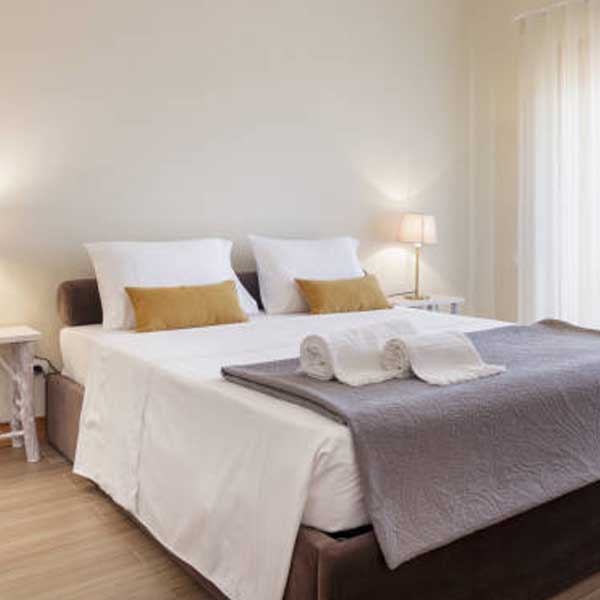- Payment Options
- Terms Conditions
- US
- IT
- ES
- My Bookings
- Add Your Review
Some curiosities about the history of Palazzo Bruca and our B&B
Anyone who steps for the first time into our building, is amazed at the sight of the inner courtyard, with its neoclassical fountain depicting Neptune and a magnificent loggia of Ionic colums. Many passers-by take advantage of the few moments when the gate is open to peek into the beautiful courtyard. Our b&b occupies one floor of one of the most important historic buildings of Catania. Once it belonged to one of the most eminent aristocratic families from Catania, the Scammacca della Bruca, and it dates back to the XVIII century, when the whole city was rebuilt after the tragic earthquake that occurred in 1693.Many passers-by take advantage of the few moments when the gate is open to peek into the beautiful courtyard. Our b&b occupies one floor of one of the most important historic buildings of Catania. Once it belonged to one of the most eminent aristocratic families from Catania, the Scammacca della Bruca, and it dates back to the XVIII century, when the whole city was rebuilt after the tragic earthquake that occurred in 1693.
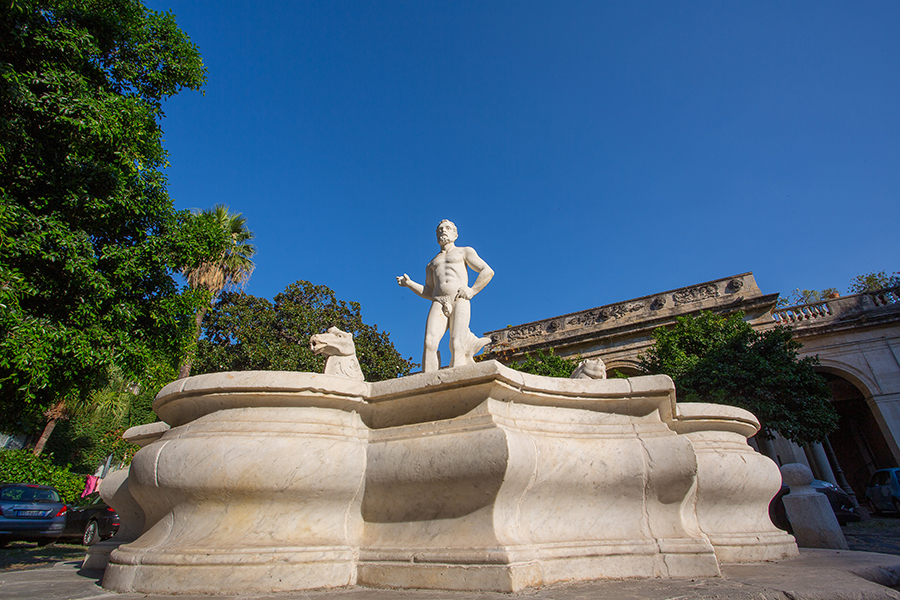
01
HISTORY

02
BRUCA BUILDING
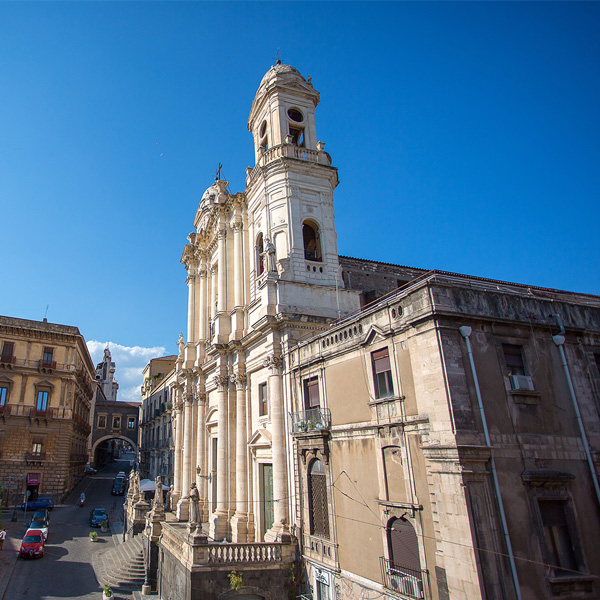
03
CURIOSITIES AND LEGENDS
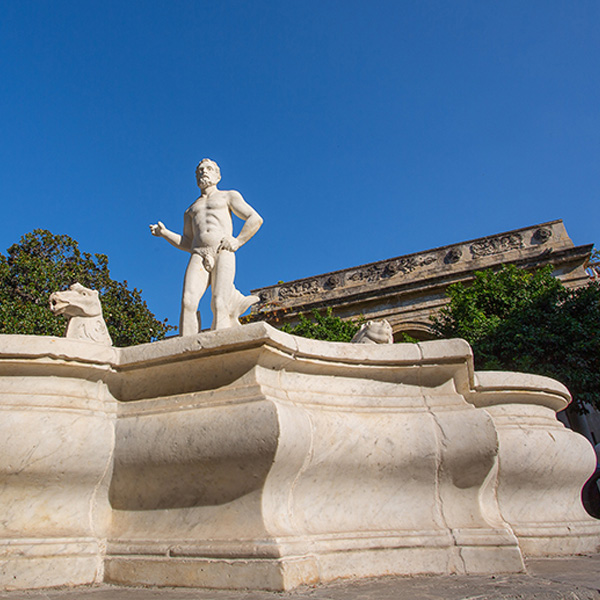


The house was intended to show the owner’s wealth and power. Despite decline and the passing of time, Palazzo Scammacca della Bruca still retains some traces of its glorious past. In one of our rooms, for example, you can still admire the original painted ceiling representing the famous parties thrown by Duca Scammacca Bruca. This considerable piece of work dates from the 19th century. So, if you book in our b&b, you have a chance not only to stay in the heart of Catania, but also to travel in time and discover an unusual aspect of our city! Palazzo Scammacca della Bruca is the only historic building in Catania center that was not redesigned in the early XX century or after the second World War so that the original structure is still visible: the storehouses on the ground floor, the main floor and the mezzanine floor.


Our rooms overlook two historic squares of Catania. From the northwestern side of the building you can admire piazza San Francesco, which is called “piazza Dusmet” by locals as its main monument is dedicated to the memory of the arch bishop Dusmet. In 1865, during a terrible eruption, he brought Saint Agata’s holy veil (Saint Agata is the patron of Catania) into procession up to Nicolosi, a small village on the mount Etna, and the lava stream miraculously stopped flowing. From the southwestern side of the building you can admire piazza Mazzini. According to the original project made by the Duca di Camastra after Catania earthquake, piazza Mazzini was intended to be the new marketplace, surrounded by the houses of the most eminent aristocratic families – including Scammacca della Bruca, of course – just a few steps away from the main square, piazza Duomo.
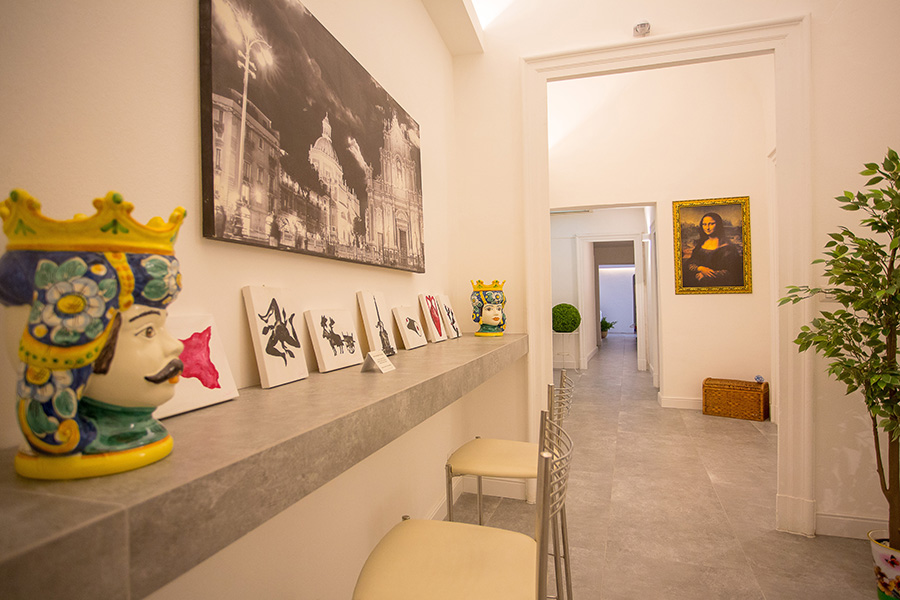

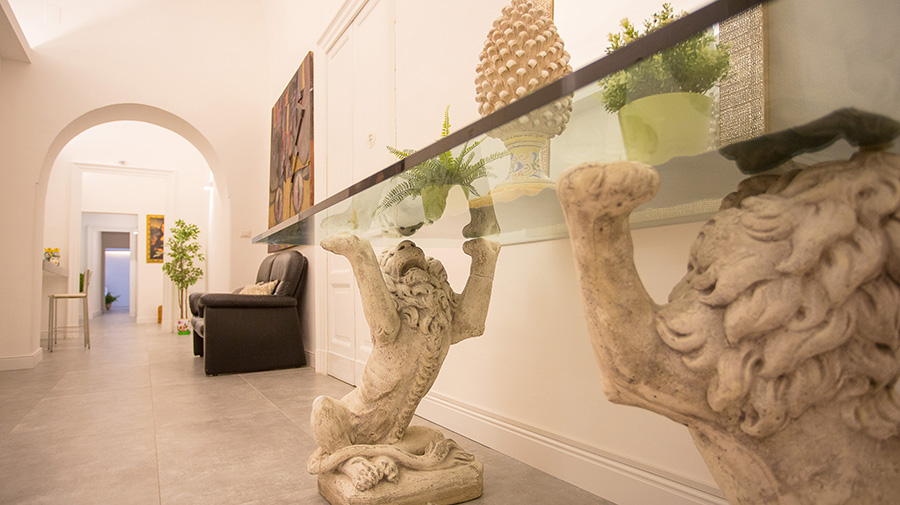
Anyway, while Palazzo Scammacca della Bruca and its neighbourhood tell us something about the history of Catania over the last centuries, the Caltagirone vases that give a touch of colour to our reception are related to an older legend that dates back to the Arabian domination. These vases are called “teste di moro” (literally translated Moors heads)and they usually represent a couple: an Arabian man with black moustache and a Sicilian woman with blue eyes. Legend has it that during the Moors domination in Sicily, there was a lovely young girl who lived in the Kalsa neighborhood in Palermo. One day a young Moor passing by saw her and was captured by her beauty and declared his love to her, which was immediately returned. After some time, the girl found out that her beautiful lover would soon have to return to his country where his wife and children were waiting for him! She decided then to plot her revenge: she waited for the night to come and while he was sleeping she beheaded him. What could she do with his head? She decided to use it as a vase for her lovely flowered balcony, so that her lover would stay with her forever. She then planted some basilico which bloomed so beautifully that the whole neighborhood in Palermo copied the idea and made clay pots of the shape of a Moor head. That’s why you can find clay face pots in Sicily! These are just a few examples of local history and traditions: we will be happy to share other details with you during your stay at b&b palazzo bruca in Catania!



